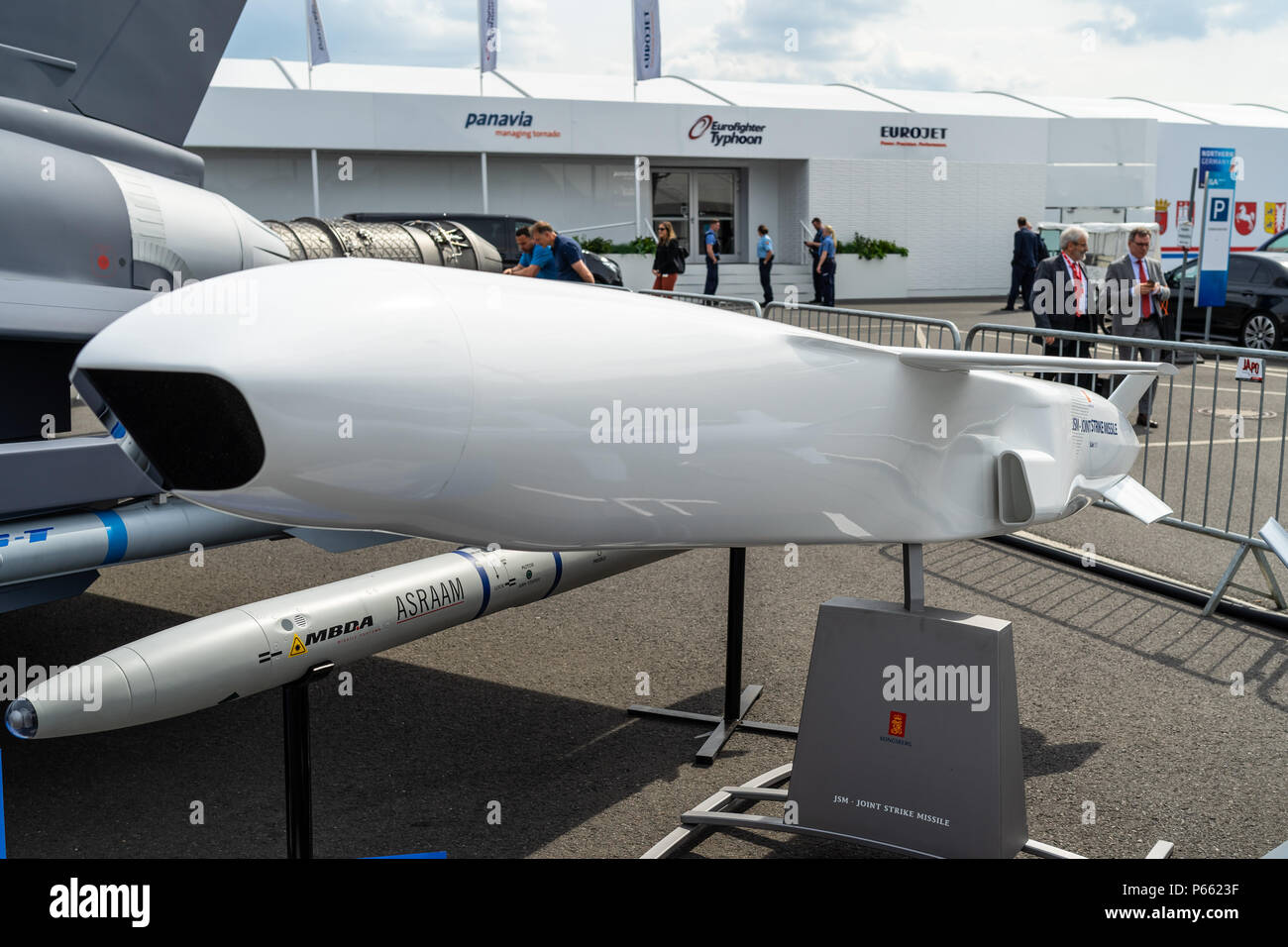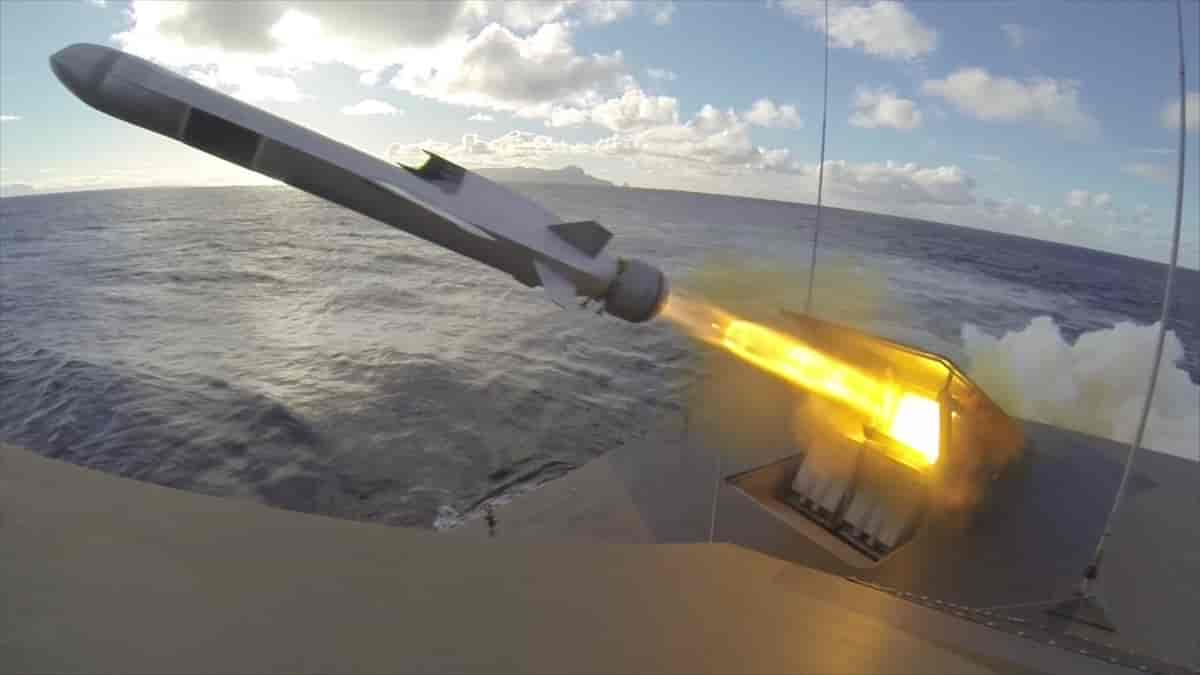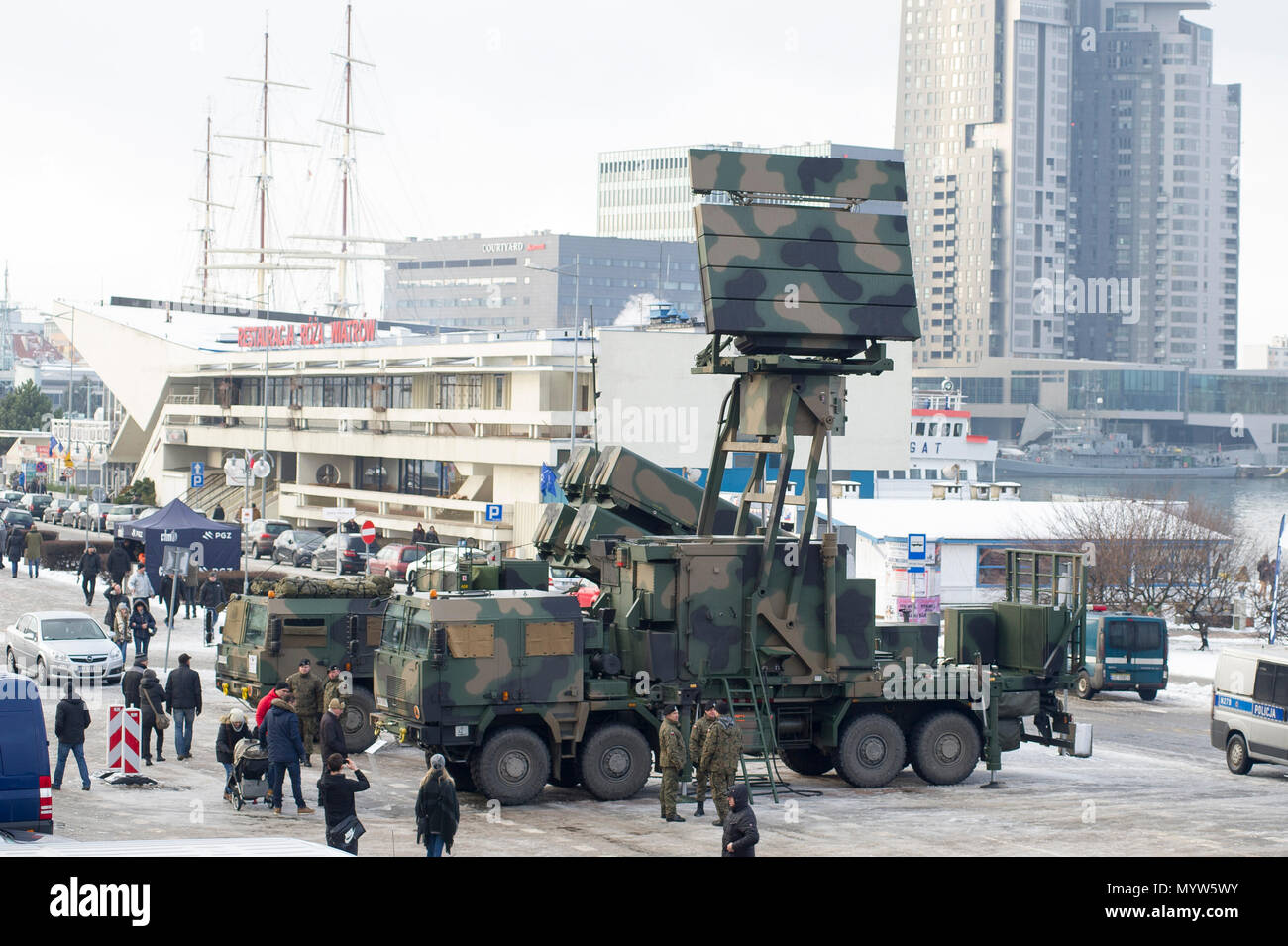Naval Strike Missile - Home | US Navy - Ship | US Navy - Air Force | USMC - Air Unit | International Navy | Weapon System | special Report
The Naval Strike Missile (NSM) is an anti-ship and ground attack missile developed by Norwegian Kongsberg Defense Systems (KDS).
Naval Strike Missile

The original Norwegian name was Nytt sjømålsmissil (literally New Sea Target Missile, which indicates that it was a successor to the Penguin rocket); The English market name Naval Strike Missile was later adopted.
Naval Strike Missile: Can This Anti Ship Missile Break The Naval Blockade Of Ukraine • Mezha.media
The first Naval Strike Missile contract was signed in June 2007. It was selected by the Royal Norwegian Navy for its new frigate Fridtjof Nansen and Skjold-class patrol boat. In December 2008, the NSM was recruited by the Polish Navy, which ordered a total of 50 surface-to-air missiles (including 2 for testing) under agreements in 2008 and 2011, for 2013–2016. The plan was made. The final phase was completed in June 2011 with testing at Point Mugu. On 12 April 2011, the Norwegian Ministry of Defense announced the second phase of development.
On Wednesday, 10 October 2012, the Royal Norwegian Navy made history by launching the first NSM. The ship in question is the HNoMS Glimt patrol boat, Skjold. On Wednesday, June 5, 2013, the Royal Norwegian Navy tested an NSM missile with a live warhead against a target ship for the first time. The Oslo class frigate HNOMS Trondheim was attacked and the bombardment went off as intended.
In June 2013, Poland completed the installation of 12 NSM-equipped coastal missiles and 23 vehicles on Jelcz chassis (including six missiles, two TRS-15C radars, six light control and three control vehicles). Eventually, the Coast Guard will be armed with 12 rockets carrying four rockets, for a total of 48 rockets. In December 2014, Poland ordered a second batch of rockets and missiles to equip a naval strike missile battalion.
In late July 2014, the US Navy confirmed that the NSM would be tested on the USS Coronado (LCS-4). The test was successfully completed on 24 September 2014. Kongsberg and Raytheon together launched the NSM to equip the LCS with a sky-launched anti-ship missile in 2015. As of May 2017, the Boeing RGM-84 Harpoon and Lockheed long-range aircraft. The Martin LRASM was excluded from the Navy Over-the-Horizon Weapon System (OTH-WS) competition, leaving the NSM as the only remaining competitor. On May 31, 2018, the Navy officially recruited the NSM to serve as a weapon against OTH's LCS. The initial $14.8 million contract award to Raytheon calls for the delivery of Kongsberg-designed missiles loaded in a single launcher and launch control kit, and the purchase of about a dozen missiles. $847.6 million if all contract options are exercised. The Navy plans to deploy NSMs by the end of 2019.
Naval Strike Missile System Now Aboard Uss Oakland > Naval Surface Force, U.s. Pacific Fleet > News
During RIMPAC 2014, the frigate Fridtjof Nansen successfully fired the NSM with a rocket-propelled grenade and detonator designed during Syntax.
At the 2015 Lima Expo, Malaysia announced that the Naval Strike missile had won a contract to meet the Royal Malaysian Navy's Maharajah Laila-class anti-ship missile requirements.
In February 2017, the Norwegian government announced that the German Navy would receive a "large number" of naval strike missiles under an agreement worth "more than NOK 10 billion".

The advanced design and use of the complex is aimed at providing enhanced stealth capabilities of the missile. The rocket would weigh over 400 kg (880 lb) and have a range of at least 185 km (100 nm). The NSM is designed for flood water ("brown water") as well as the open ocean ("green and blue water"). The use of high strength titanium metal blast/scattering nozzles from TDW conforms to modern lightweight design and high blasting features. The warhead is initiated by a Programmable Intelligent Multi-Purpose Fuze, designed to enhance efficiency against difficult targets.
The Littoral Combat Ship Is Getting Some Serious Firepower: The Naval Strike Missile
Like its previous Penguin bearers, the NSM can fly around the mainland, travel in sea skim mode, and then perform random exercises in the terminal phase, making it difficult for enemy countermeasures to intercept. While the Penguin is a rocket for turning, the NSM is based on bank-to-turn flight (see Yaw (flight) and Flight control).
The target selection technology gives the NSM the capability to independently detect, identify and discriminate targets at sea or offshore. This is possible with the combination of Infrared Image Finder (IIR) and on-board target database. The NSM can be navigated by GPS, inertial and ground reference systems.
After being launched into the air by a powerful rocket fired during the fire, the rocket was fired at its target at high speed with a turbojet-propelled grenade launcher/detonator 125 kg to do its job. In the case of a ship target, this means hitting a ship in or near the water.
The NSM Coastal Battery consists of 3 rocket launchers, 1 battery control vehicle, 3 combat command vehicles, 1 mobile communication center, 1 mobile radar vehicle with TRS-15C radar, 1 transport/storage vehicle and a workshop vehicle. 1 mobile. Each MLV carries four missiles and can be linked to a CCV by fiber optic cable or radio up to 10 km (6.2 mi) away. 6 missiles can be installed simultaneously with 24 missiles. When installed on board, the NSM can be placed on board in packs of one, two, three, four or six launchers. The total weight of the installation including electronics and cables is 8,600 lb (3,900 kg) for 4 launchers, 17,000 lb (7,700 kg) for eight launchers and 26,000 lb (12,000 kg) for 12 launchers.
Australian Government Invests A$1 Billion For Naval Strike Missiles And Himars
A multi-role version of the NSM is under development. The missile is called the Joint Strike Missile (JSM) and will have ground and two-lane communication options so that the missile can communicate with a central control room or with other missiles in the air. The rocket will be integrated with the Lockheed Martin F-35 Lightning II. Studies have shown that the F-35 will be able to carry two in its internal port, while additional missiles can be carried externally.
Lockheed Martin and Kongsberg have signed a joint marketing agreement for the aerial launch version of the NSM, as well as an agreement that commits both parties to integrate the JSM onto the F-35 platform. The project is funded by Norway and Australia. Kongsberg signed a contract in April 2009 for the first phase of JSM development, which is scheduled to be completed in 18 months. The JSM will have a multi-core computer running the Integrity Real-Time Operating System from Green Hills.
Improved range on NSM projections includes flight profiles from 150 nmi (280 km) to >100 nmi lo-lo or >300 nmi (560 km) hi-hi-lo

On 15 July 2014, Kongsberg and Raytheon announced that they had entered into a group agreement to provide JSMs to the US Navy for their Offensive Anti-Surface Warfare (OASuW) requirements. Raytheon will produce the JSM for the US market. The Navy plans to launch the competition for the OASuW requirements in 2017, likely pitting the Kongsberg/Raytheon JSM against the Lockheed Martin Long Range Anti-Ship Missile (LRASM).
Uss Gabrielle Giffords Cs 10 W/naval Strike Missile (nsm) (plastic Model) Other Picture2
Kongsberg has been studying ways to deploy JSMs from Norwegian submarines and has found that modifying the rocket to fit the F-35's detonator could also make it compatible with the Mark 41 Vertical Launch System. The VL-JSM may also compete with the Lockheed LRASM for the US Navy's OASUW Increment 2 for anti-ship missiles.
Australia expressed interest in purchasing JSM in June 2014 to equip its F-35 fighter jets. The rocket was also fired over South Korea and Japan, and Kongsberg is expected to try to sell it to other countries. Others ordered the F-35A. JSM is expected to be fully operational by 2025. Development is targeted for completion by 2017, and achievement of first operational capability (IOC) is expected in 2021 with the release of the F-35's Block 4 software. Fitting checks were performed on the external hard surfaces of all F-35 variants and internally on the F-35A and C models. Other aircraft operators have shown interest in JSM, and fitting inspections have also been performed on the F-15 Eagle and F/A-18 Hornet, but integration on other platforms will not occur without a certified customer.
On 15 September 2015, the Australian Government signed an agreement to fund the development of passive radio frequency detectors to complement existing infrared target seekers.
In November 2015, the F-16 Falcon successfully completed a JSM live test launch at the Utah Test and Training Range.
First Joint Strike Missile (jsm) Multi Role Missile Fitted To An F 35
Royal Norwegian Navy Fridtjof Nansen Class Frigate Naval Strike Missile (NSM) on four Naval Strike (NSM) missiles Naval Strike Missile (NSM) Royal Norwegian Navy Fridtjof Nansen Class Frigate Naval Strike Missile (NSM) Royal Norwegian Navy Skold Class Corvette Naval Strike Missile (NSM) on quadruple
0 Comments